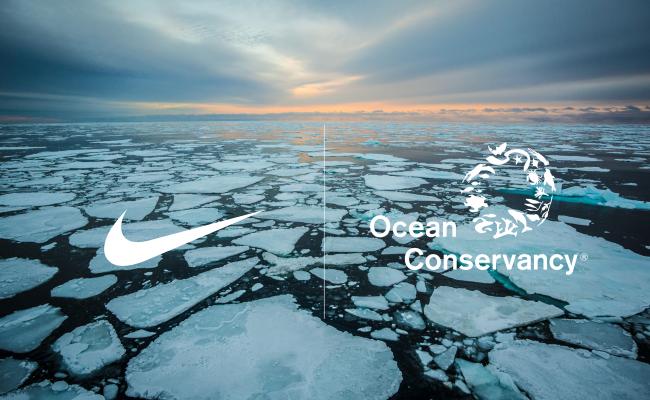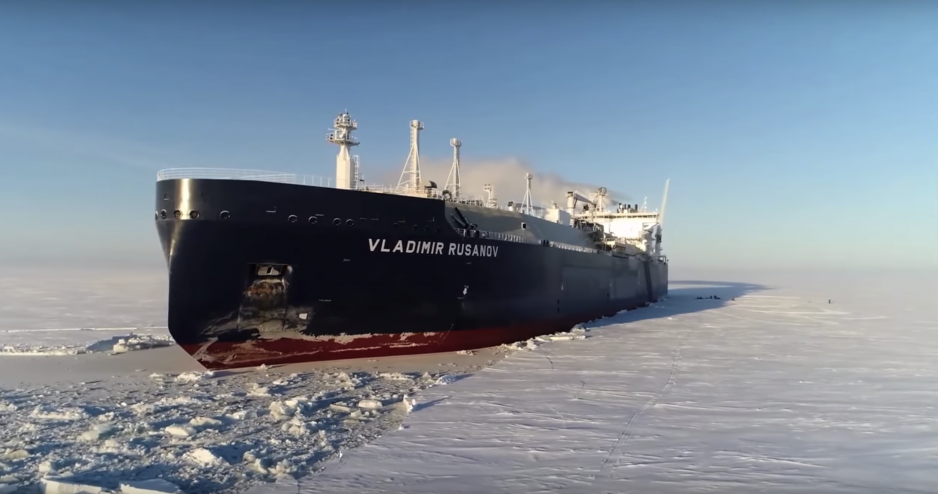Northern Sea Route: From Speculations to Reality by 2035

The document appears to be a roadmap full of solutions yet to be realized. However, there is no denying the determination of the Russian state to invest in the NSR and make it a safe and attractive international shipping route in the future, writes Alexandra Middleton.
The Northern Sea Route received its share of bad publicity in 2019 when it became a target of big logistics companies and brands that publicly declared their intentions not to use it.
In the last days of December 2019, Russia in its turn published a most comprehensive plan for infrastructure development of the Northern Sea Route for the period 2020-2035. Russia plans to increase traffic along the NSR by 90 mln tons by 2030.
While the role of NSR in Russian internal shipping is immense, especially due to LNG transport from Yamal LNG project, the viability of commercial use of the NSR for international transit shipping has been long questioned both by research and practitioner communities.
Also read
The plan covers 11 topics for development along the NSR
- Port infrastructure and terminals
- Search and Rescue (SAR)
- Navigational and hydrographic support
- Development of Ice-breaking capabilities
- Stimulation of cargo traffic and international transit shipment increase
- Avia and railway network development
- Safety and communications network development
- Electricity generating capacity to support infrastructure
- Training and skills development
- Domestic shipbuilding for the Arctic shipping
- Ecological safety
Altogether, the plan consists of 84 measures, each of them having a responsible Ministry or other body assigned and strict deadlines.
Let’s look at how the plan promises to make NSR competitive.
The port of Pevek will be reconstructed by 2020 and the reconstruction of the seaport of Sabetta will be completed by 2021. After completion of the work, Sabetta port will be able to accept cargo throughout the year.
Minimizing danger at sea
Search and Rescue (SAR) covers a total of 19 individual measures. By the end of 2020, the full analysis of legal framework related to people SAR, response systems in case of oil spill will be completed. Construction of rescue coordination centers is expected to be co-financed by extracting companies in the Arctic.
According to the document, the Arctic extracting companies shall be involved in preparing proposals for rescue coordinating center constructions in Pevek and Sabetta ports by 2020 and in Dixon and Tiksi by 2022. Furthermore, by the end of 2020, an evaluation of the need to create a state company responsible for the deepening of the seabed along the NSR will be available. Altogether, 11 new SAR vessels serving various purposes are expected to be constructed and in operation by 2024.
Along with increased emphasis on SAR, there is attention to navigational and hydrographic support, which includes modernizing three existing vessels and having 13 new navigational and hydrographic vessels built by 2022-2023. Icebreaking capabilities will be strengthened by introducing five new class icebreakers from 2022-2024 and additional three super powerful Lider class icebreakers scheduled to be ready by 2027, 2030 and 2032.
Boosting international shipping
To attract international shipping, a series of measures have been proposed. The ports of Murmansk and Petropavlovsk-Kamchatsky have the potential to become logistical hubs for servicing international transit cargo, and the viability of the proposal will be ready by 2020. The creation of a Russian containership operator using ice-class vessels can become an answer to the current uncertainty. Finally, an evaluation of possible state subsidies to support the international competitiveness of NSR will be available by 2021. Creation of digital systems for logistics along the NSR further promises to boost competitiveness.
Plans to expand the NSR network include linking it to existing and new railroad networks and construction of new airports.
Providing predicting and communication capabilities
Currently, the lack of reliable communications on the NSR is of high concern. The plan covers creating stable and continuous satellite communication for users of NSR by launching four geostationary satellites by 2024. The launch of six space modules by 2024 will secure a high-speed automatic identification system (AIS) on the NSR.
The density of meteorological stations is expected to increase to provide more precise weather forecasting, moreover, and by 2025 the hydrometeorological data would be available via GEO satellites. Safety is addressed by measures to improve the forecasting of ice conditions. Moreover, year-round shipping along NSR would require the creation of a unifying single operational control center, which is expected to be launched by 2021.
Port infrastructure development will require electricity generating capacity, the evaluation plan will include LNG-based solutions. The need for more skilled people and their training, including medical staff is considered in the plan. National shipbuilding stimulating measures include amongst others construction of containerships for the NSR. As for ecological measures, the plan states that there will be mandatory application of the best available technologies aimed at pollution reduction in the seas.
So far, the budget of the Russian Federation for 2020-2022 has funds of RUB 2.9 bn (EUR 42 mill.) allocated to support navigational and hydrographic works on the Northern Sea Route. The whole budget for the full plan realization will only appear in the future. What is already clear, is that the plan is ambitious and capital-intensive since it tries to address many problems linked to NSR.
Roadmap full of possible solutions
The document is read as a response to all accumulated criticism and uncertainty related to the NSR, especially in the areas of SAR, navigational safety, communications, ecology and prediction of weather and ice conditions.
The document appears to be a roadmap full of solutions yet to be realized.
The economic aspect deserves special consideration. At this stage, the document proposes possible solutions especially targeted at international shipping. If you are not happy about the depth of the straits along the NSR, they will be made deeper. If your vessel is too big, no problem; Lider icebreaker will make an ice corridor of 50 meters width to fit even big vessels. If the price is of concern, no worries - the state will compensate for the price difference. If you don’t have an ice-class vessel, use a logistic hub in Murmansk or Petropavlovsk-Kamchatsky. In the future, you can even deal with a state containership company for smooth logistics solutions along the NSR.
The document appears to be a roadmap full of solutions yet to be realized. However, there is no denying the determination of the Russian state to invest in the NSR and make it a safe and attractive international shipping route in the future.
- Alexandra Middleton is the author of the book chapter “Maritime Transportation along the Northern Sea Route” by the Institution of Engineering and Technology (IET) forthcoming in 2020




